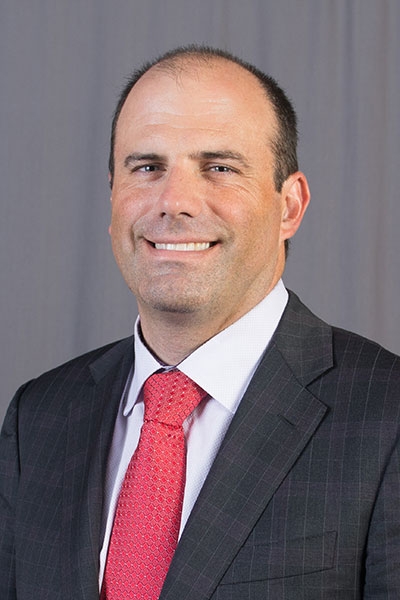Revisiting MIMO from a Circuits Perspective
MIMO communication remains an important technology for wireless communication systems. In this tutorial, we revisit classical signal processing models for MIMO wireless communications. We consider how those models may be updated as MIMO systems go to higher carrier frequencies, broader bandwidths and new kinds of array architectures. Through these updates, we revisit concepts from antennas, circuits and array processing including impedance, broadband arrays, beam squint, mutual coupling and polarization.
 Speaker Biography:
Speaker Biography:
Robert W. Heath Jr. received the Ph.D. in EE from Stanford University. He is the Lampe Distinguished Professor at North Carolina State University and co-director of 6GNC. He is also President and CEO of MIMO Wireless Inc. He has received several awards including the 2017 EURASIP Technical Achievement Award, the 2019 IEEE Communications Society Stephen O. Rice Prize, 2019 IEEE Kiyo Tomiyasu Award and the 2020 IEEE Signal Processing Society Donald G. Fink Overview Paper Award. He authored or co-authored several books including "Introduction to Wireless Digital Communication” (Prentice Hall in 2017) and "Digital Wireless Communication: Physical Layer Exploration Lab Using the NI USRP” (National Technology and Science Press in 2012). He co-authored “Millimeter Wave Wireless Communications” (Prentice Hall in 2014) and "Foundations of MIMO Communications" (Cambridge 2019). He is currently EIC of IEEE Signal Processing Magazine. He is a member-at-large on the IEEE Communications Society Board-of-Governors (2020-2022). He is a licensed Amateur Radio Operator, a registered Professional Engineer in Texas, a Private Pilot, a Fellow of the National Academy of Inventors, and a Fellow of the IEEE. His research includes all aspects of MIMO communication, including topics such as millimeter wave and higher frequencies, broadband apertures, joint communications and sensing, and machine learning for communications.